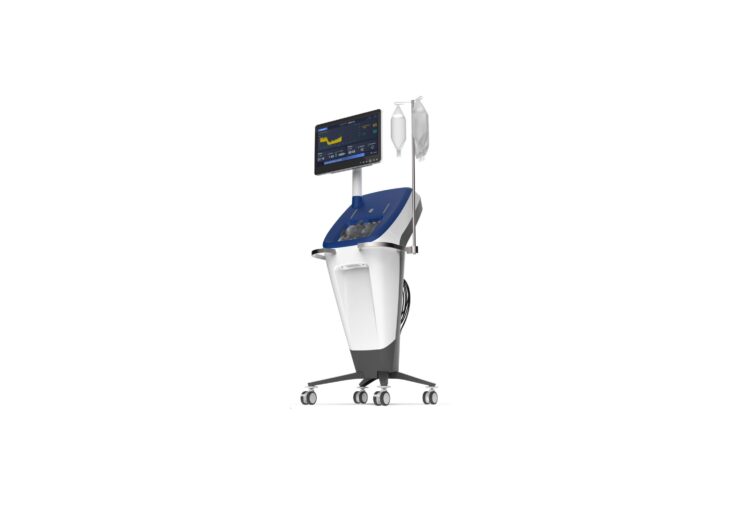Novel CoFI device found to be safe and highly effective in detecting coronary microvascular obstruction (MVO) in the cathlab immediately after primary PCI

The first-in-human study aims to evaluate the safety and feasibility of a novel real-time catheter-based system to detect MVO immediately after primary percutaneous coronary intervention (PPCI) and deliver timely therapeutic intracoronary agents. (Credit: Business Wire)
CorFlow Therapeutics AG, a clinical-stage company that has developed the world’s first combined system for diagnostic assessment and therapy delivery to address coronary microvascular obstruction (MVO), has announced the interim positive results of its MOCA I (Microvascular Obstruction with CoFI System Assessment) study at EuroPCR in Paris, France. The first-in-human study aims to evaluate the safety and feasibility of a novel real-time catheter-based system to detect MVO immediately after primary percutaneous coronary intervention (PPCI) and deliver timely therapeutic intracoronary agents. The data set presented in a EuroPCR Late Breaking Trial session included 30 patients with an ST elevation myocardial infarction (STEMI), the most severe type of heart attack.
The system outputs a novel pressure parameter (PCoFI) for detection of MVO, which was evaluated for correlation with cardiac MRI measured MVO, considered the reference standard. For the patients who had the CoFI diagnostic sequence, the essential results of the study showed that the system provided a sensitivity of 95%, specificity of 91%, and AUC of 0.94 for the ability to detect MVO measured by cardiac MRI. The CoFI device and procedure were deemed safe with no device-related deaths, flow-limiting dissections, or thrombotic events at 30 days, as adjudicated by an independent Clinical Events Committee.
The MOCA I study, presented by Professor Dr. Marco Valgimigli, Deputy Chief of Cardiology at the Cardiocentro Ticino Institute in Lugano, Switzerland, suggests that it may now be possible to have accurate, early detection which can lead to targeted treatment for these high-risk patients. Finally, we may be able to detect MVO with confidence, directly at the end of a primary PCI. This is significant. These are important findings that call for further research with this technology.”
Current interventional cardiology technologies, addressing the larger coronary arteries, have been instrumental in saving patients from death and complications after a heart attack, reducing short term mortality over the last several decades. Yet for many patients, longer term outcomes are still poor despite current standard of care treatment. MVO, which is found to be in more than 50% of heart attack patients, has been shown to be the single most powerful prognostic indicator for negative outcomes for these patients, including heart failure and death. Heart disease remains the leading cause of death worldwide, with more than 85% of these due to heart attacks and strokes. Multiple peer-reviewed studies suggest that addressing these blockages in the coronary microcirculation could reduce this global burden.
“The data presented from the MOCA I study with the CorFlow system is very encouraging for our community of cardiologists, who are increasingly recognizing MVO and microvascular disease as a next frontier to improve outcomes in our field,” stated Dr. Azeem Latib of Montefiore Medical Center, New York City, USA. “This emerging area is in its early days, but we can agree that a significant step forward is made by being able to diagnose these patients in the cath lab. With such a technology, we can imagine that many concomitant therapy options can soon be evaluated, since it is now clear that treating only the larger vessels is not enough.”
“Real-time catheter-based MVO detection can provide healthcare professionals with valuable information about the extent and severity of the heart attack, which can inform immediate treatment decisions to impact patient outcomes,” stated Paul Mead, CEO of CorFlow. “The CoFI System can be a game-changer as it is the first of its kind and can potentially revolutionize the field, which is ripe for innovation that makes a difference. The ‘next big thing’ in interventional cardiology should be driven by where the largest positive impact in outcomes can be made, and it is hard to imagine a clearer target in this regard than STEMI patients with MVO, the first indication we pursued. MOCA I shows that we can, and will, do better for these patients.”
Source: Company Press Release
